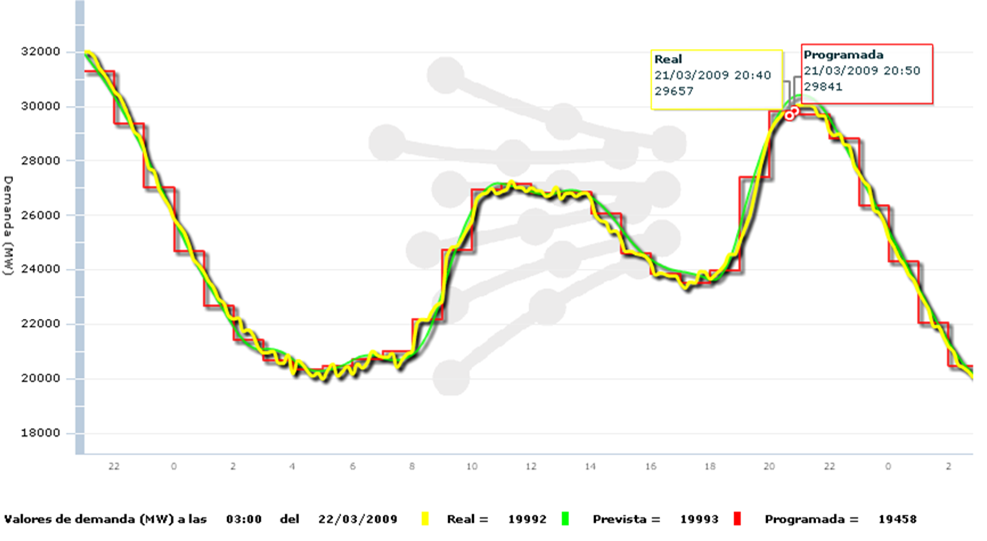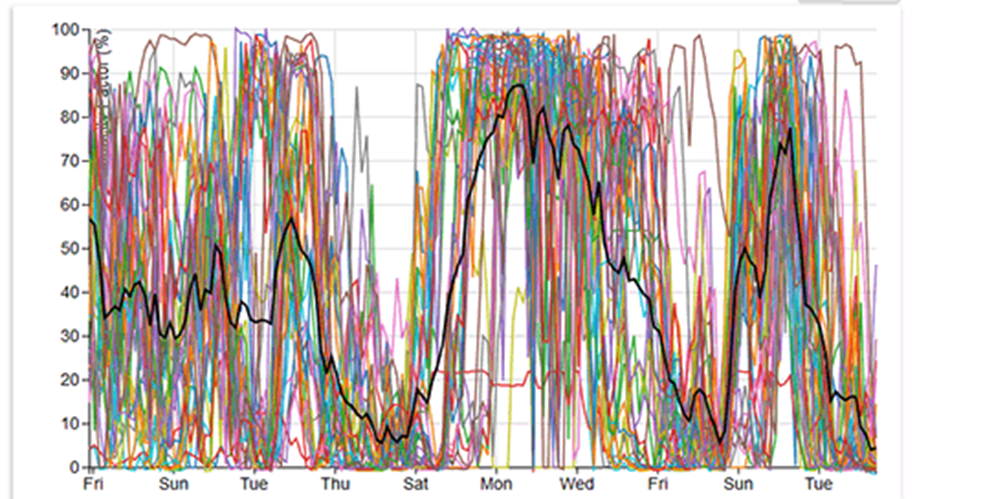Blog: The 3 key challenges of modern energy
Challenge 1: Matching supply with demand

One of the wonders of electricity is that it can be used to power work of any form at any connected location. Unfortunately, electricity needs to be immediately consumed. Thus, there are thousands of people around the world right now trying to forecast how much electricity will be needed in their respective locations in the following seconds or minutes. When these people over-forecast excess energy must be burnt, and released to the atmosphere as heat or if they under-forecast there will be a power cut. As you can imagine this not only represents a great human and technological cost but electricity grids frequently resort to paying very high prices to fast response highly polluting sources of energy.
Challenge 2: Energy losses

´Energy can neither be created nor destroyed; rather, it transforms…´, we have all heard this in high school. It leaves us with a nice feeling that energy is preserved. However, if we remember lesson 2 of the same class you will recall that energy is transformed into different forms such as heat or sound. When we are trying to generate and transport electricity, all these remaining forms of energy are essentially waste. This is a huge challenge as most of our electricity comes from centralized power plants that burn fossil fuels, to heat up water that will generate vapor that will move a turbine, which finally will generate electricity. These are many transformations with each one of them wasting energy.
On the other hand, those power plants, to maximize efficiency and economies of scale, tend to be large and centralized. This means that energy must be transported for a very long distance in some cases. Long distance transportation is done at high voltage to minimize losses but they cannot be completely avoided. This is the reason why in the UK around 60% of our energy (Dukes, 2013) is lost in conversion and transportation (I expect similar or higher percentages in most parts of the world).
It will come as a shock to many that due to these 2 factors burning fossil fuels presents similar efficiencies to wind and solar power.
Challenge 3: Renewable energy volatility

If you are reading this article most probably I don´t need to explain to you the reason why every government in the world should be pushing towards 100% renewable energy generation. The upside of these sources of energy is that the fuel is free and clean; the downside, is that your supplier (´mother nature´) has the monopoly of the supply and it is slightly ´temperamental´ so you cannot rely on a smooth continuous supply.

